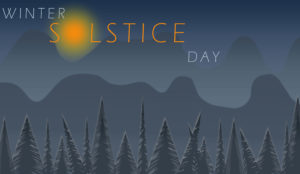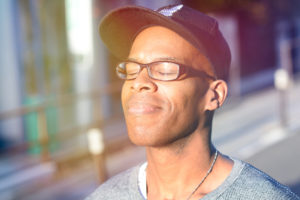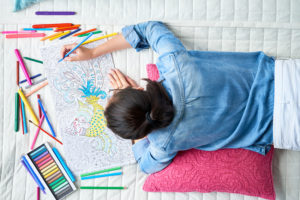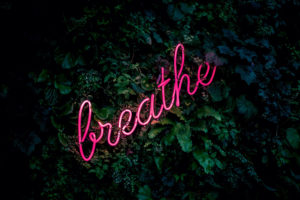
As the southern hemisphere celebrates the start of summer, those north of the equator will experience the shortest day of the year, known as the winter solstice. This year, it falls on Wednesday 21 December, the first day of winter.
The word “solstice” derives from sol, the Latin word for sun, and sistere, which means “to come to a stop or make stand”.
For people who live in the Northern Hemisphere, today will be the one day of the year with the shortest period of sunlight. The solstice will begin on 4:48pm ET on 21 December, when the Earth is at its maximum tilt, 23.5 degrees, away from the sun.
For the Southern Hemisphere, it’s the opposite case, as 21 December marks the one day of the year with the longest period of sunlight.
Historically, the winter solstice has been of great importance to many cultures, such as Ancient Egypt and Ancient Rome, often as a marker for the passing seasons, and a possible time of rebirth.
In northern Europe, from the Faroe Islands to Estonia, Germanic peoples have long celebrated the event, which became known as Yule.
While Yule dates back to the Norse people, who celebrated the sun’s rebirth for 12 days, it was also celebrated by Anglo-Saxon pagans.
According to Pliny the Elder, in Britain, druid priests would mark the important date by gathering mistletoe and sacrificing bulls – which was also likely a practical measure to limit the number of mouths to feed during months of famine.
In addition to mistletoe and 12 days of festivities, several Christmas traditions, such as Yule logs and decorating trees, date back to Yule, which were later adopted and adapted by Christians.
While winter may come with its bright holiday spots, figuratively speaking, these are also the darkest days of the year– in the literal sense. The sun rises at its latest, and sets at its earliest.
That could lead to Seasonal Affective Disorder.
Symptoms
The symptoms of Seasonal Affective Disorder look much like the same as symptoms of depression, with one key difference: the symptoms begin and end at around the same time each year. There are also a few common symptoms of depression that appear more frequently with SAD, like overeating, lethargy, and often, as a result of those two symptoms, weight gain. Other common symptoms of SAD include:
- Feelings of depression, which may include, hopelessness, poor self-esteem, guilt, apathy, and despair.
- More intense mood changes
- Trouble sleeping or oversleeping
- Irritability and the urge to isolate oneself
- Loss of libido
- Heightened and persistent anxiety
Coping with SAD
Below you’ll find some strategies for both treating and coping with SAD, all of which can be pursued together for the best results.
See your doctor
- Visit with your doctor to talk about your symptoms. One person’s SAD isn’t necessarily the same as the next, and your doctor will be able to help you understand it better and figure out what your options are
Light Therapy

Eat Well

Maximize your time in the sun

Keep to a regular sleep schedule

Exercise

Keep busy

One way to keep yourself away from the urge to hibernate is to keep your schedule full. This may mean throwing yourself into your work or your studies, or it might mean taking up a new hobby or project.
Socialize

Practice mindfulness


Medication
If your symptoms are relatively severe and don’t seem to be improving, treatment with antidepressants may benefit you. Talk with your doctor to learn more about
pharmaceutical treatment options.
